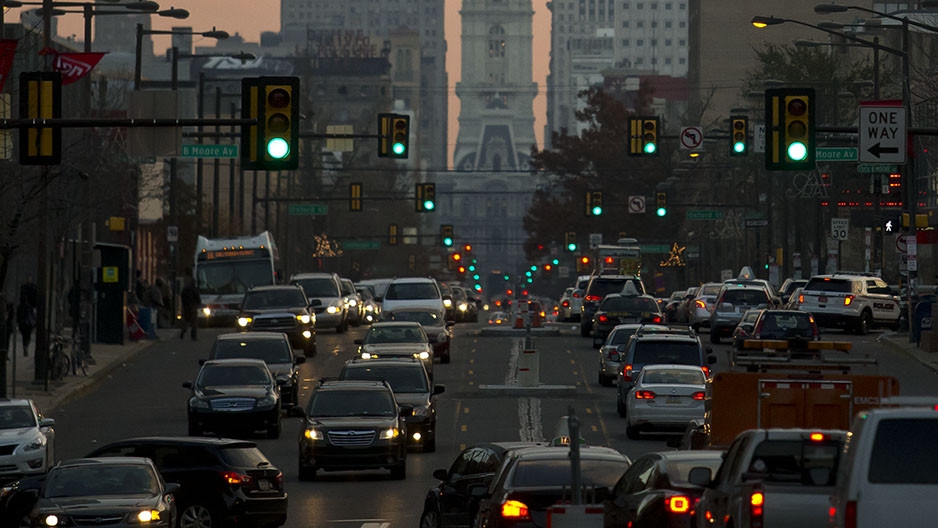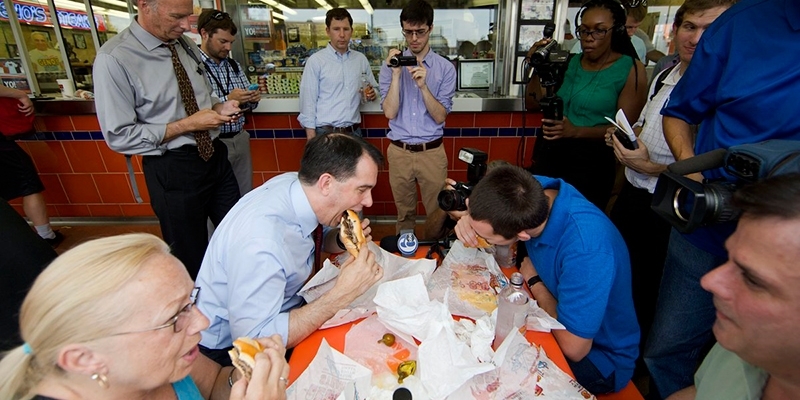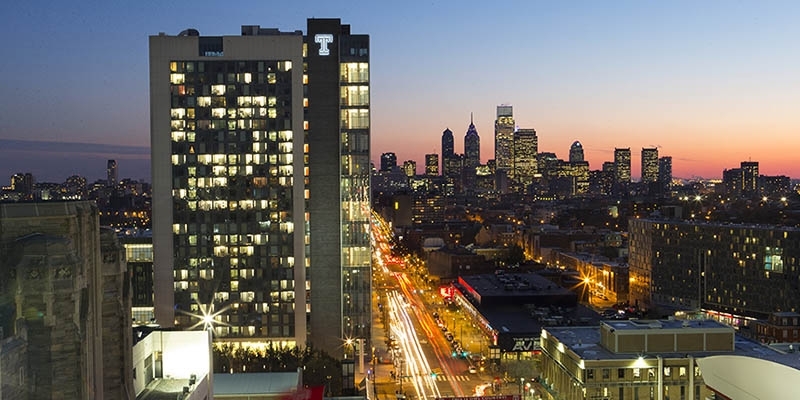Temple professor demystifies traffic jams
Temple professor Benjamin Seibold addresses the cause of frustrating “phantom jams.”

It happens on highways every day. Drivers—once comfortably cruising down the road—suddenly face a sea of brake lights and stopped cars ahead. And frequently, by the time the unexplained traffic has cleared, there’s no sign of what caused the slow down. So what gives?
In an effort to find an answer to that perpetual question, Benjamin Seibold, associate professor of mathematics at Temple University, developed a model that identifies the cause of “phantom jams.” His research makes him the perfect candidate to explain to PhillyVoice why traffic jams seem to start and stop for no apparent reason. Seibold also spoke with Marketplace and said jams can be mitigated simply by changing the way you drive.
“Large-scale congestion basically occurs when demand, or the number of drivers wanting to use the roadway, exceeds the capacity of the roadway,” he said. “And/or it is caused by a physical bottleneck: a traffic accident, a construction site, etc.”
Seibold, along with four professors from other universities looked at different models and traffic flow patterns to come to a conclusive answer.
“There are also jamming phenomena, so-called 'phantom traffic jams,' that arise without a discernible cause. You suddenly have to break, because the car ahead of you brakes, and thus you force the car behind you to brake, and so on. Then you look around, and you see no potential cause of this slowdown.”
Read the full story.
You can listen to an audio interview with Marketplace here.
—Benjamin Palestino


